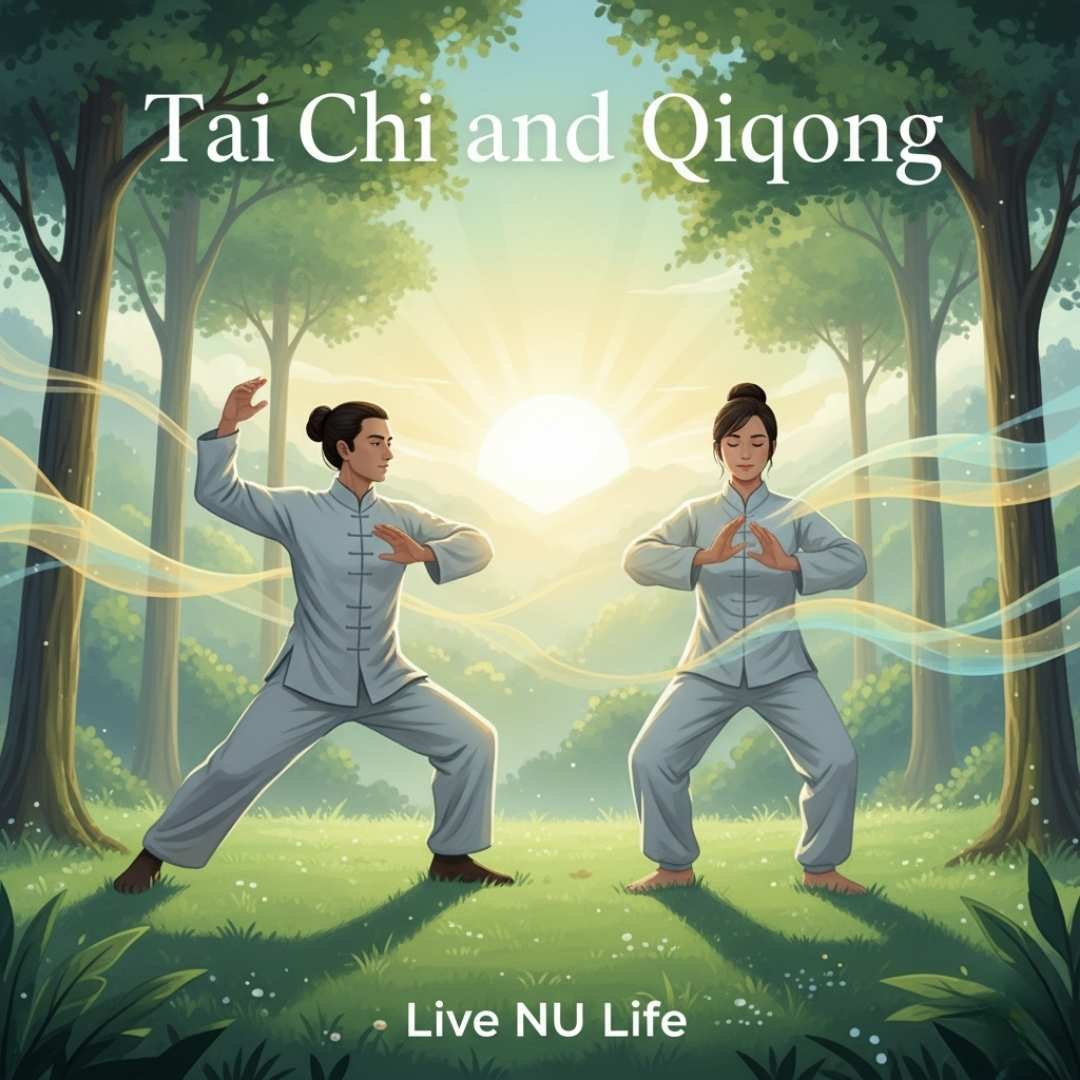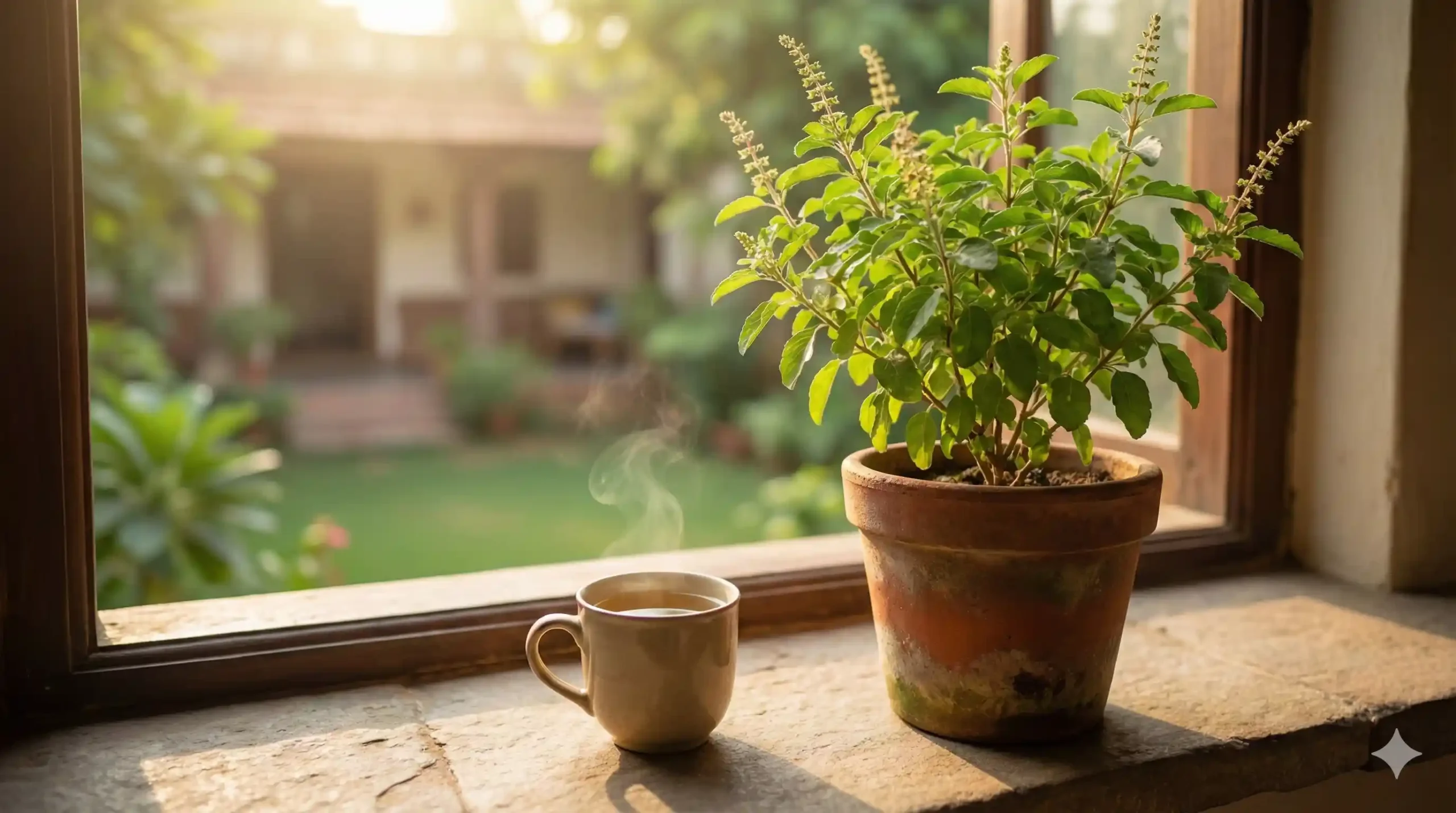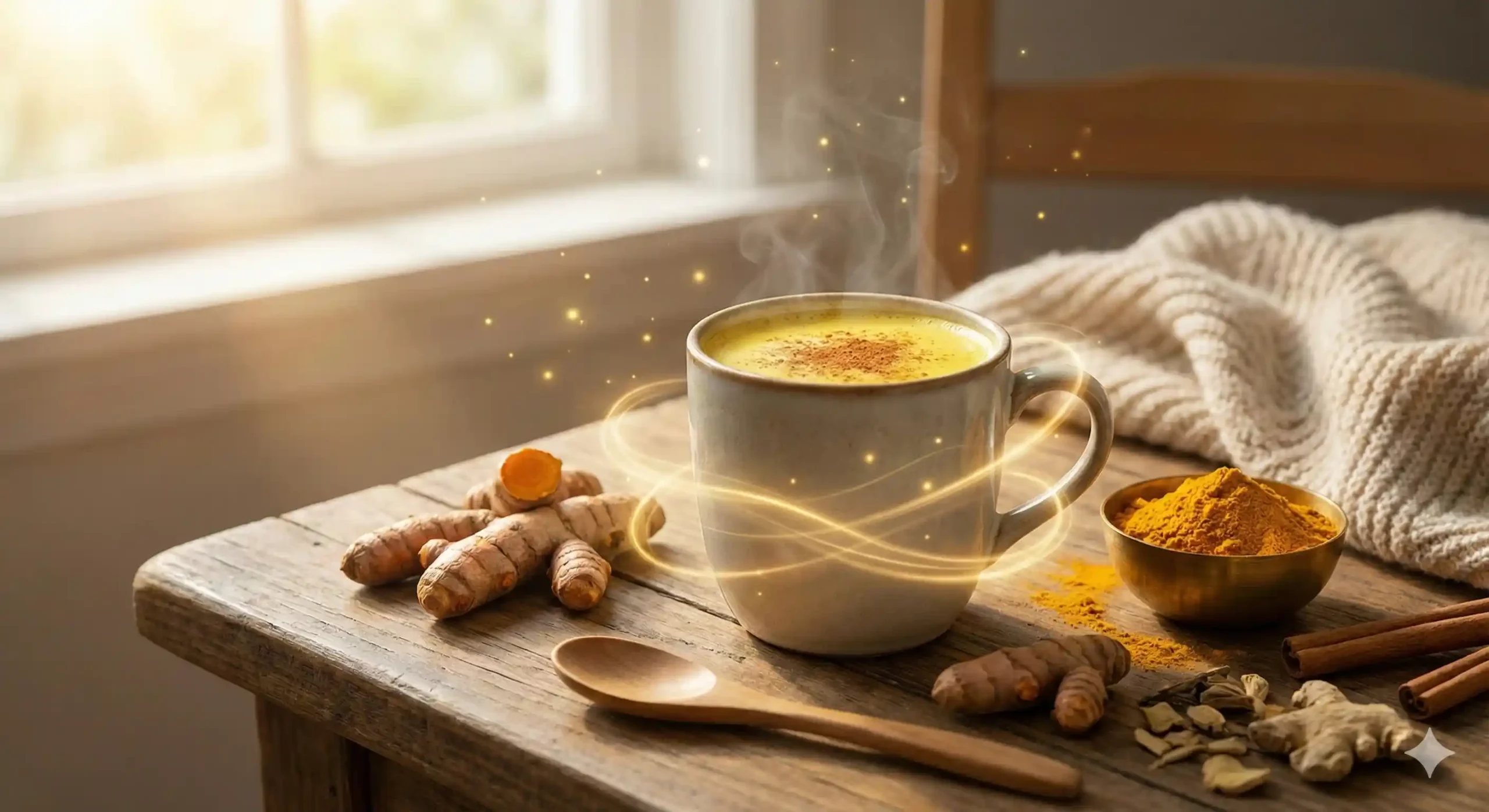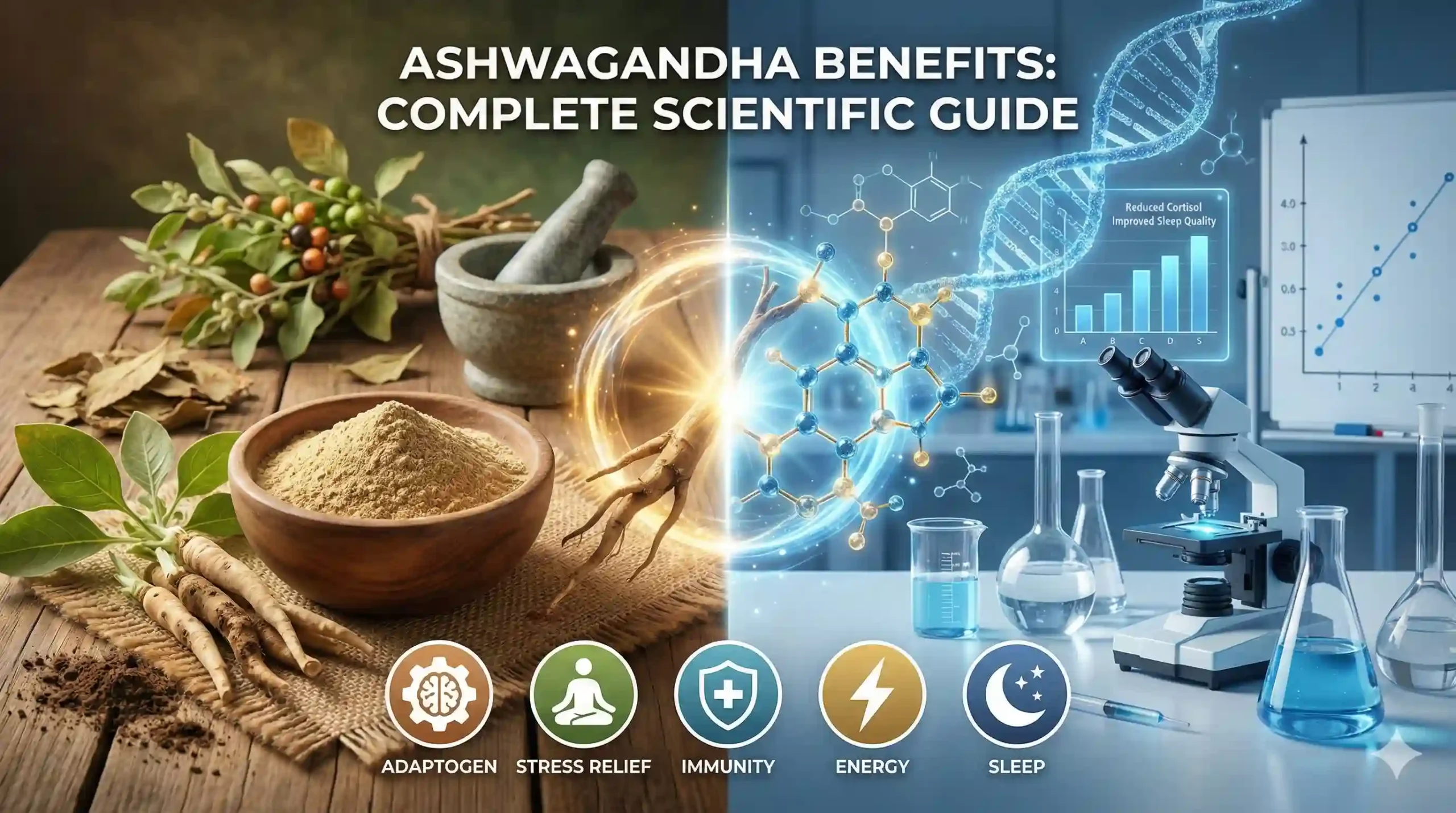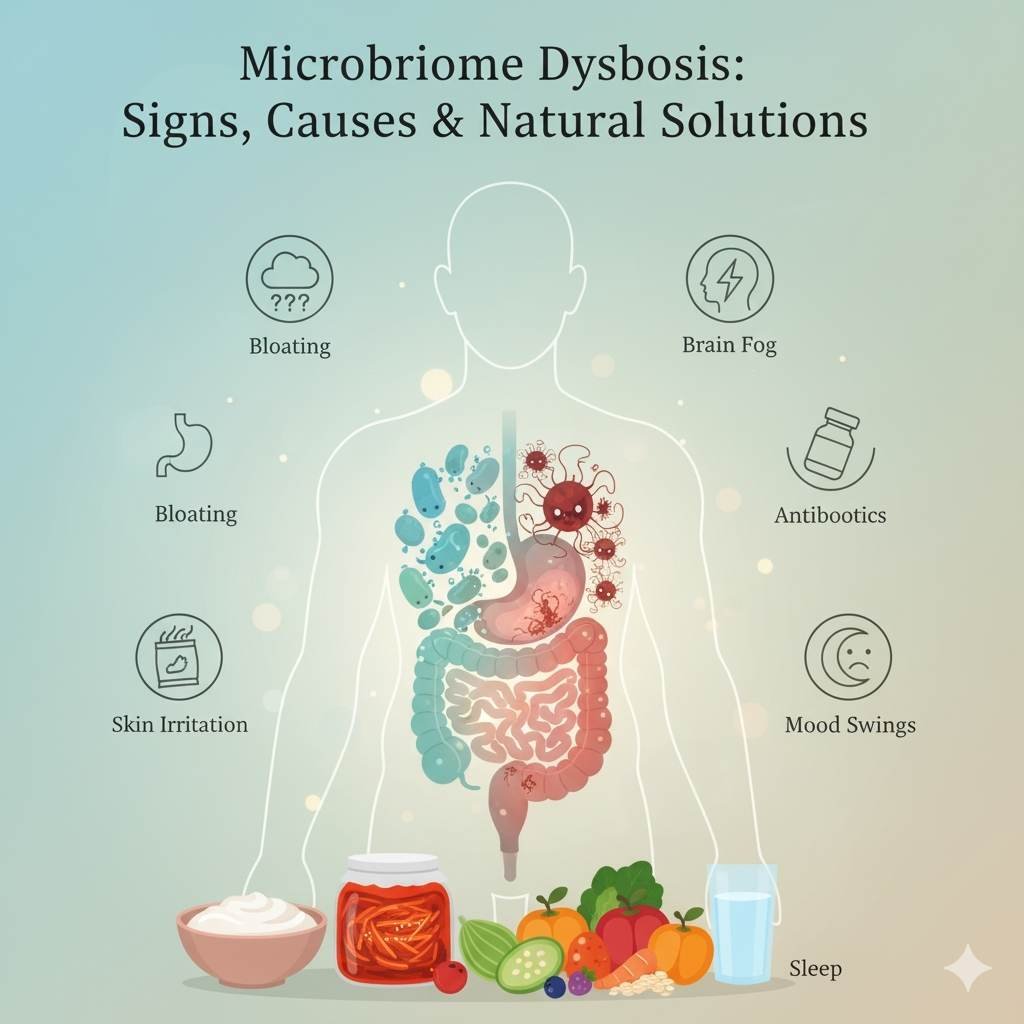Table of Contents
ToggleTai Chi and Qigong – Ancient Practices to Heal, Energize, and Balance Your Life
Your body craves movement. Your mind needs peace. But life keeps pulling you in different directions. Tai Chi and Qigong offer something special – a gentle way to reconnect with yourself. These ancient Chinese practices don’t ask much from you. Just your presence and willingness to breathe.
Roots That Run Deep
Tai Chi and Qigong did not appear overnight. They grew from thousands of years of wisdom. Ancient Chinese healers noticed something important. The body has natural healing powers. But stress and tension block these gifts.
Chen Wangting, a 16th-century martial artist, gave it its real shape, which we know as Tai Chi today. He connects slow movements with deep breathing. Then he added meditation. This created something special – a moving meditation that anyone could do.
Qigong came first, though. It’s older and broader than Tai Chi. Both practices work with “qi” – your body’s energy. They teach you to move this energy smoothly through your body.
Your Journey Starts Here
These practices are not about being tough or flexible. They’re about being present. People in their 90s do Tai Chi and Qigong. Children do them too. Your age doesn’t matter. Your fitness level doesn’t matter.
What matters is taking that first gentle step toward balance. Your body knows how to heal. Tai Chi and Qigong simply remind us how.
Discover how Tai Chi, Qigong, Yi Jin Jing are deeply rooted in ancient wellness practices — explore more in our article on Traditional Chinese Fitness Techniques.
What Are Tai Chi and Qigong Really About?
Life feels heavy sometimes. Body tired, mind running. That’s where old practices like Tai Chi and Qigong help. Both look slow, but they carry deep meaning.
Tai Chi – gentle fight without fight
- Tai Chi is an old Chinese art.
- It looks like a slow dance, but it is a martial art.
- Body moves softly, calmly, but with strength inside.
- Every step is balanced. Every hand move connects breath with body.
- People call it “meditation in motion”.
Qigong – moving with breath
- Qigong is also from China, but simpler.
- It is about breath, posture, and slow flow.
- You stand, stretch, move, and breathe in rhythm.
- The idea is to build “Qi” – the body’s natural energy.
- Anyone can do it, old or young.
Both together
- Tai Chi and Qigong look similar but are not the same.
- Tai Chi has fighting roots. Qigong is for energy and healing.
- Both make the body light, the mind quiet, and the heart calm.
Tai Chi and Qigong are not just moves. They are gentle ways to connect body and soul.
Support your heart with these Foods to Improve Heart Health.
Why Do People Practice Tai Chi and Qigong Today?
Life feels heavy. Mind gets tired. The body feels weak. People look for peace in small ways.
That’s why many turn to Tai Chi and Qigong. Both are slow movements with deep breathing. Both calm the body and the mind.
- For Stress and Peace
People carry too many worries. Work, family, health… all sit on the head.
Tai Chi and Qigong feel like medicine without tablets. Just gentle moves. Just breathe. The heart slows down. The mind becomes quiet.
- For Body Strength
Joint pain, back pain, legs getting stiff—these are common.
Slow bending, stretching, and standing help the body move again. Even old people can do it. No gym needed. No heavyweight.
- For Health and Energy
People say they feel fresher after practice.
Breath goes deeper, blood flows better, sleep comes easily.
Energy rises like morning sun.
- For Connection
Some join classes to meet people. Some do it alone in a park.
Either way, they feel connected—with nature, with self, with others.
Tai Chi and Qigong are not only exercises. They are like friends for the mind and body.
People start for health, but they stay for peace.
Tai Chi vs Qigong – Are They the Same or Different?
People hear Tai Chi and Qigong and think both are the same. But they are like two cousins. Close, yet different.
Both are slow, calm, flowing practices. Both help the mind breathe. Still, each has its own way.
What is Tai Chi in actuality?
- Tai Chi originates from martial arts.
- Your movements look like a fight, but a soft and slow fight
- The body feels like water flowing.
- It builds balance, strength, and focus.
- Think of an old master moving hands like clouds, legs steady, eyes calm.
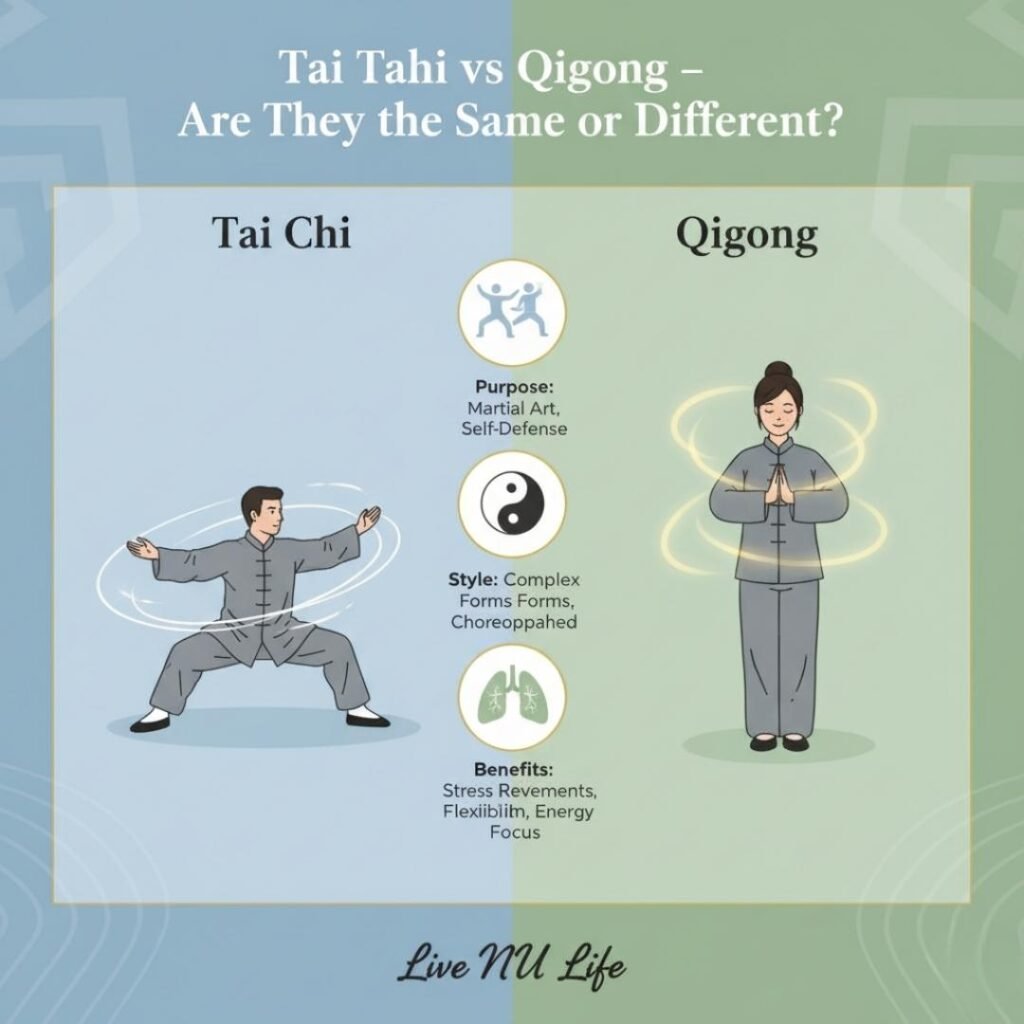
What is Qigong?
- Qigong is older and simpler.
- Focus is on breath and energy inside.
- Movements are short and often repeated.
- Anyone can do it, even while sitting.
- It feels like breathing with your whole body.
Main Difference
Tai Chi = moving fight turned into peace.
Qigong = healing energy practice.
Tai Chi is longer, like a dance.
Qigong is smaller, like a gentle prayer.
Which to Choose?
If the body wants exercise with flow → try Tai Chi.
If the heart wants healing and calm → try Qigong.
Both are friends of health. Both give peace.
Tai Chi and Qigong are not rivals; they walk together.
Explore the foundations of Health and Fitness for a stronger lifestyle.
The Science Behind Tai Chi and Qigong
Your mind sometimes starts thinking too fast, or your heartbeat goes up, and it gives problems to your body. Tai Chi and Qigong are slow like dancing, but science says that they can benefit your body.
Helps in Better Balance and Stronger Muscles
Doctors saw that people who practice these moves fall less. The slow shifting of weight trains the legs. Joints stay loose, muscles stay active, even in old age.
Calms the Mind and Lowers Stress
Scientists checked brain scans. They see that Tai Chi and Qigong reduce stress hormones. It slows your heartbeats, deepens your breath, so your mind feels free. Many people sleep better, too.
Good for the Heart and Lungs
Studies show that the gentle movements improve blood flow. Lungs open up, oxygen spreads better. It’s not hard exercise, but it still keeps the heart safe.
Helps in Pain and Long Illness
People with arthritis, back pain, or even cancer survivors feel less pain. Research says the slow flow releases the body’s natural pain fighters.
Sharpens Memory and Focus
Tai Chi and Qigong are like moving meditation. Science shows memory, focus, and mood get stronger.
These arts are old, but the science is new and clear. Tai Chi and Qigong are not just for the fit. They are for anyone who wants calm breath, easy body, and steady mind.
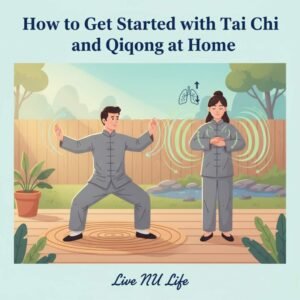
How to Get Started with Tai Chi and Qigong at Home
Life feels heavy sometimes. Body gets stiff, mind feels noisy. Tai Chi and Qigong can calm both. Slow moves, soft breath, quiet focus. You don’t need fancy halls. You can start right in your room.
- Make a small space
Just clear a little corner. No bed, no chair in the way. Enough space for arms to move.
- Stand easy
Keep feet apart. Knees soft, not locked. Shoulders loose. Imagine roots under your feet, like a tree.
- Start with breath
Breathe in through the nose. Let belly rise. Breathe out slowly. Do this a few times. It settles the mind.
- Simple moves first
- Raise your hands with breath in
- Bring them down with breath out
- Shift weight from one leg to another
No rush. No perfect pose needed. Just flow with your breath.
- Daily 10 minutes
Morning or evening works. Stand, breathe, move slowly. Even 10 minutes brings calm.
Tai Chi and Qigong are not about strength. They are about peace. Start small, keep soft. Let your body guide you. One day you’ll see—your breath, your steps, your mind, all feel lighter.
Check out our practical Health and Fitness Tips to stay active and well.
Everyday Lessons You Can Learn from Tai Chi and Qigong
Life runs fast. The body gets tired. Mind feels heavy. Small moves of Tai Chi and Qigong can teach big lessons. These slow arts are not just exercises; they are reminders for daily living.
Patience Brings Peace
- Movements in Tai Chi and Qigong are slow. They look simple, but need calm. Same in life.
- Rushing breaks things.
- Waiting builds strength.
Even waiting for the tea to boil teaches patience.
Balance is Everything
One leg stands steady, one hand flows in the air. Both matter. Body and mind, too. If work pulls you hard, rest must hold you back. Balance keeps us safe.
Breath is Life
Every move follows breath. Just repeat this: Inhale, exhale, flow. We forget this in daily stress. Breathing deeply in a bus, at a desk, or before sleep can heal.
Small Steps Create Big Change
Tai Chi and Qigong never push. Just small, soft steps every day. Same in life. Just focus on small savings, small kindness, small walks – they grow big later. It’s taught us that life is not a race. It is breath, balance, and small steps. Try their lessons once, carry them always.
Dive into the ancient health art of Wuqinxi and discover its benefits.
Common Myths About Tai Chi and Qigong
Many people see Tai Chi and Qigong and think they are just slow exercises. But they are more than that. These practices work on your body, mind, and energy together. Yet, myths keep stopping people from trying them.
- Tai Chi and Qigong are only for old people
Some think only the elderly can do these exercises. Young people also benefit. Students, workers, and anyone can do gentle movements to feel calmer and stronger. - They do not help with health problems
People assume these are just for relaxation. Actually, they improve balance, reduce pain, and lower stress. Even mild daily practice helps the heart and joints. - You must be very flexible or fit
Many hesitate, thinking they need a strong body. Movements are slow and gentle. You can start sitting, then stand. Flexibility grows slowly with practice. - Results appear only after years
Some feel discouraged thinking benefits take decades. But energy, calmness, and better focus can be felt in weeks. Body and mind respond quietly but surely. - It is a religion or ritual
Tai Chi and Qigong are not religious. You don’t need beliefs. It is about movement, breathing, and focus. Anyone can practice, anytime.
Tai Chi and Qigong are simple, safe, and suitable for everyone. Don’t let myths stop you. Try slowly, feel your body, and notice the calm inside.
Discover the importance of Fitness and Nutrition for everyday health.
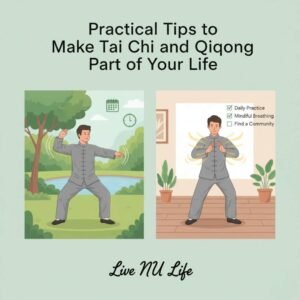
Practical Tips to Make Tai Chi and Qigong Part of Your Life
Tai Chi and Qigong fit into daily life when practice feels light, kind, and steady. Start small, and build slowly. Bodies learn with calm. Minds relax with breath. Energy lifts with routine. Benefits grow with weeks of gentle work. Balance and mood improve with time and patience.
Start simple
- Pick 10 minutes after tea or before bed. Set phone reminder. Keep clothes loose. Stand near a wall. Safety first.
- Learn 2–3 moves only: “Lifting the Sky,” “Horse Stance,” and soft arm circles. Repeat them slowly. Breathe through the nose.
- Do three days each week, then move to five days. Aim for 10–20 minutes per session in month one.
Make it stick
- Tie practice to a habit: after morning chai, before evening walk. Same place, same time. Small wins matter.
- Use a short video or print 3-step notes. Simple cues: soft knees, tall spine, slow breath. Stop if pain starts.
- Track feelings, not numbers: calmer breath, lighter shoulders, better sleep. Motivation grows with these signs.
Build gently
- Week 1–2: 10 minutes, three times weekly. Basic moves only.
- Week 3–4: 15–20 minutes, four times weekly. Add one new move.
- After 8–12 weeks, expect better balance and lower stress for many people. Go slow, be kind.
Daily life blend
- While waiting for the bus: soft weight shift, slow breath count to four.
- During TV ads: two rounds “Lifting the Sky.” Shoulders down, jaw soft.
- On a walk: match steps to breath. Four steps inhale, four steps exhale. Calm follows.
Tai Chi and Qigong meet people where they are, and grow with them. Start small, stay gentle, end with one deep breath and a smile. Then tomorrow, repeat. Tai Chi and Qigong will feel like home.
Learn More About Mind-Body Practices
Frequently Asked Questions
- It is an Ancient gentle exercise for body, breath, and mind.
- It helps balance, strength, and mood with slow, flowing moves.
- Tai Chi is a longer flowing sequence, with many linked steps.
- Qigong is simpler, repeated moves; it can be standing or seated.
- Anyone, Beginners, elders, and people with joint pain can try safely.
- Its Moves can be done slowly, small, or seated when needed.
- For seniors, Better balance and fewer falls; stronger legs and core.
- Also, it lowers stress, improves sleep, and reduces anxiety.
- Reviews show support for pain, mood, and function.
- Arthritis and back or neck pain may see relief over weeks.
- Start with 10 minutes: breathe, soften knees, move hands like waves.
- Try a local class or a beginner video; go slow, and be kind to the body.

